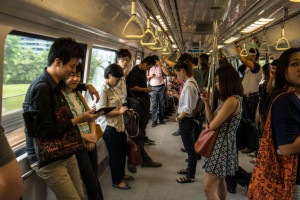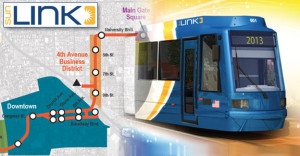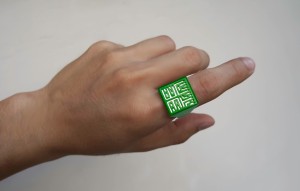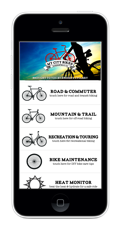A new study from the University of Michigan Transportation Research Institute shows Americans seem optimistic about, yet are skeptical of autonomous cars.
The study surveyed more than 1,500 people who are 18 years or older in the United States, United Kingdom and Australia and found that Americans had a much more positive view on self-driving cars than those in the U.K. or Australia.
Respondents in the U.S. came back with a 22 percent “very positive” outlook on the possibly of self-driving cars, while in the U.K. that number was much lower, only 13.9 percent, and Australia came in at 16.2. The rest of the responses fell relatively evenly between the three countries as the outlook continued downward all the way to “very negative.”
So while the United States might have a population of people who are very excited about self-driving cars, it also seems to be the most skeptical about their benefits.
When asked whether respondents thought self-driving cars would reduce crashes, 10 percent of U.S. respondents said it was very unlikely, while only 7.2 percent felt that way in the U.K. and 6.3 in Australia. Furthermore, U.S. respondents also had more skeptics on whether self-driving cars would reduce the severity of crashes. 10.4 percent of Americans found it very unlikely the cars would reduce severity, versus 6.5 and 6.3 percent in the U.K. and Australian respectively.
Americans were also more skeptical about how much cost benefit self-driving cars would provide, finding that 18.6 percent felt autonomous cars would drive up insurance rates. Only 14 percent in the U.K. felt self-driving cars wouldn’t lower rates and 16.4 percent agreed in Australia.
While the technology for self-driving cars continues to develop and may soon be seen on roadway, Americans might have difficulty relinquishing full control to computers as 60.1 percent of respondents they were very concerned about riding in a vehicle with no driver controls.
Further, more than 50 percent said they were very concerned about self-driving vehicles getting confused by unexpected situations and about safety consequences of equipment or system failures.




